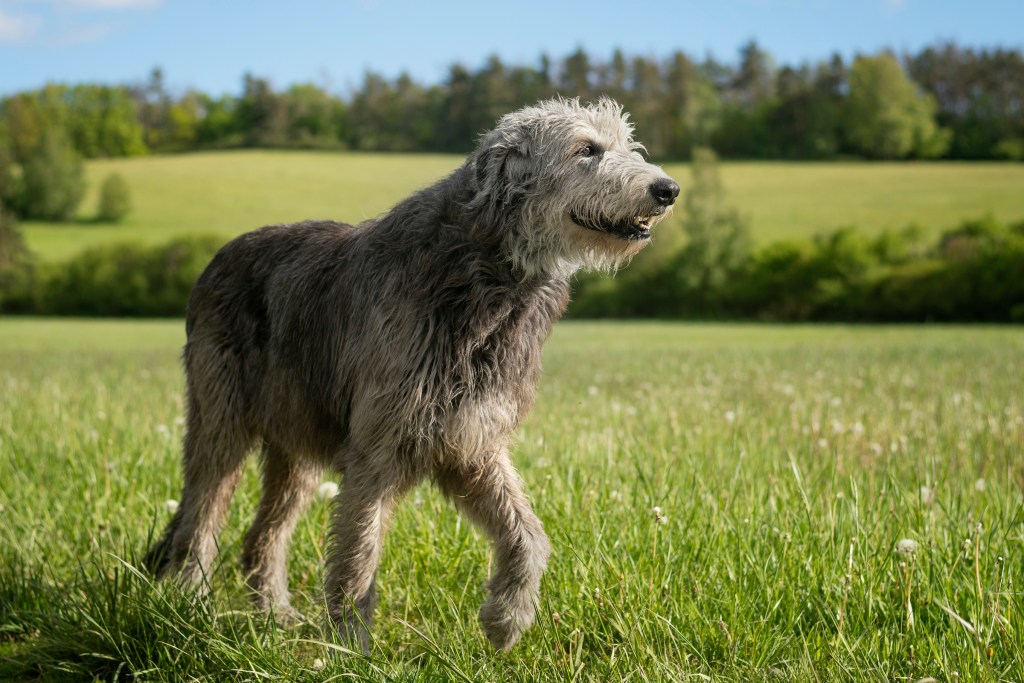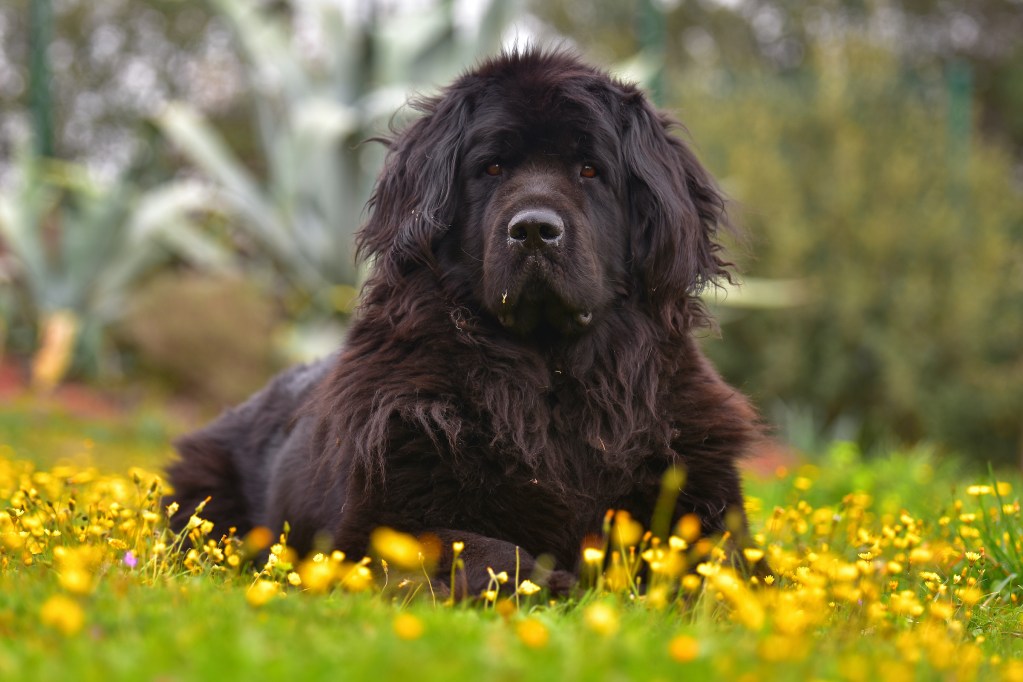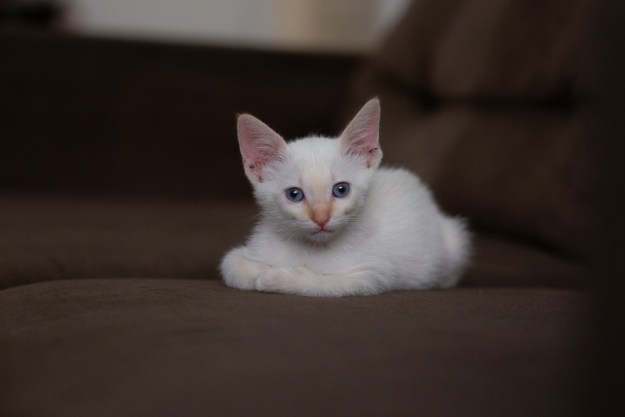Teacup pups may be trendy, but the love of a big dog will feel, well, huge! There are so many reasons to love a large dog, but it really comes down to what breed, activity level, and personality will be your perfect match. Before you decide which breed is right for you, though, it’s time for some research. This list of dogs that grow big—big enough to outweigh you—is a great place to start.
If you’re considering adding a large furry family member to your home, please remember the importance of training your new buddy. This will be even more essential in helping you control your heavy pup, but it will keep your dog safe too. There can be some misconceptions about large dogs and their personalities, unfortunately, so you’ll want to take every precaution to avoid incidents that may frighten those who aren’t a fan of dogs. (We know, it’s hard to imagine.)

What types of dogs grow big?
Before we reveal the largest dog breed (in both weight and size), let’s go through the rest of our heavyweight contenders. These are dogs that grow big:
Neapolitan Mastiff
These big wrinkle machines can weigh anywhere from 110 to 200 pounds, so they’ll easily outweigh some people. This is especially good news for anyone who’s looking for a guard dog, as these pups can be particularly protective of the people they love—just don’t forget the training (via VetStreet).
Leonberger
Leonbergers are a cross between the Saint Bernard, Newfoundland, and Great Pyrenees breeds, notes Purina. Though you may not guess this at first glance, it surely makes sense when you look at these dogs’ sizes. They’re experts at herding and have the energy to last all day. Do you think you can keep up?
Dogue de Bordeaux
This lesser-known breed is also known as a French Mastiff, though it shares the same wrinkled appearance as its Neapolitan relative. Its had many jobs over the years, from herding sheep to assisting in battle—just ask Purina. As for life in your home, the Dogue de Bordeaux will need plenty of space to run and lots of practice with training.
Irish Wolfhound
This Celtic breed is the tallest one recognized by the American Kennel Club, measuring at about 32 inches from withers to floor. These giants were originally bred as hunting dogs, which makes them eager to work as well as devoted to the people they love. Irish Wolfhounds are also one of the quietest of the large breeds, so there won’t be much barking to worry about.
Anatolian Shepherd
According to the American Kennel Club, these pups are large and in charge. They are capable of protecting their flock—they’re excellent Turkish herding dogs— as well as keeping themselves fed without any assistance from people. Of course, this should not be the case if you have an Anatolian as a pet, but you may enjoy their fiercely independent nature.
Bullmastiff
At this point, it should be no surprise to see another Mastiff breed on this list. These big dogs were bred to be guards in 19th century England, though they will be just as happy keeping you company as staying home (via AKC). Training—especially early in life—is a must-have for this strong-willed breed, though most respond with much interest.
Saint Bernard
These recognizable dogs are famous for their TV roles and their amazing rescue skills. Massive amounts of fur prepare them to work in cold environments, while their outgoing, friendly personalities make them a favorite giant breed for many people. It’s easy to see why!
Newfoundland
Webbed feet and a waterproof coat? Nope, no ducks here! These water babies are the Newfoundlands, gigantic Canadian dogs who were bred for life in the water. Because of this breed’s gentleness and eagerness for training, these dogs are still some of the most talented water rescue workers today (via AKC).

Which dog breed is the largest in size?
When talking weight, the English mastiff takes the cake. Zorba, an Old English Mastiff from London, won a Guinness World Record in 1987 for his weight and length. Zorba turned heads at a massive 343 pounds and a nose-to-tail length of 8 feet, 3 inches. Imagine sharing a bed with that dog!
It’s no surprise to learn that Zorba is not alone—many English Mastiffs are larger than life. Even so, they’re known as some of the most polite and loving dogs, according to the American Kennel Club.
When it comes to height, your first guess may have been correct: Great Danes win first place. Though many other breeds give them a run for their money, Zeus the Great Dane holds the Guinness World Record for the world’s tallest dog. He measured in at 44 inches (that’s nearly four feet tall!) and a whopping 155 pounds back in 2013.
Whether you own the next world record holder or you’re researching some of your favorite breeds, these giants are sure to put a smile on your face. Each breed has a unique disposition and activity level all its own, so you’re sure to find a dog who meshes well with your schedule and your home. It may not be as exciting to share a couch or bed with these massive dogs, but the love you’ll get every day will be oh so worth it.
Editors' Recommendations
- How long do dachshunds live? The truth might surprise you
- 7 affectionate and cute dog breeds for owners who love to cuddle
- Looking for signs your dog has ticks? These telltale symptoms mean you have a flea or tick problem
- Is your dog barking nonstop? Here’s how to get your noisy pup under control
- Do puppies sleep a lot? These are the perfectly normal sleeping habits of a healthy pup




